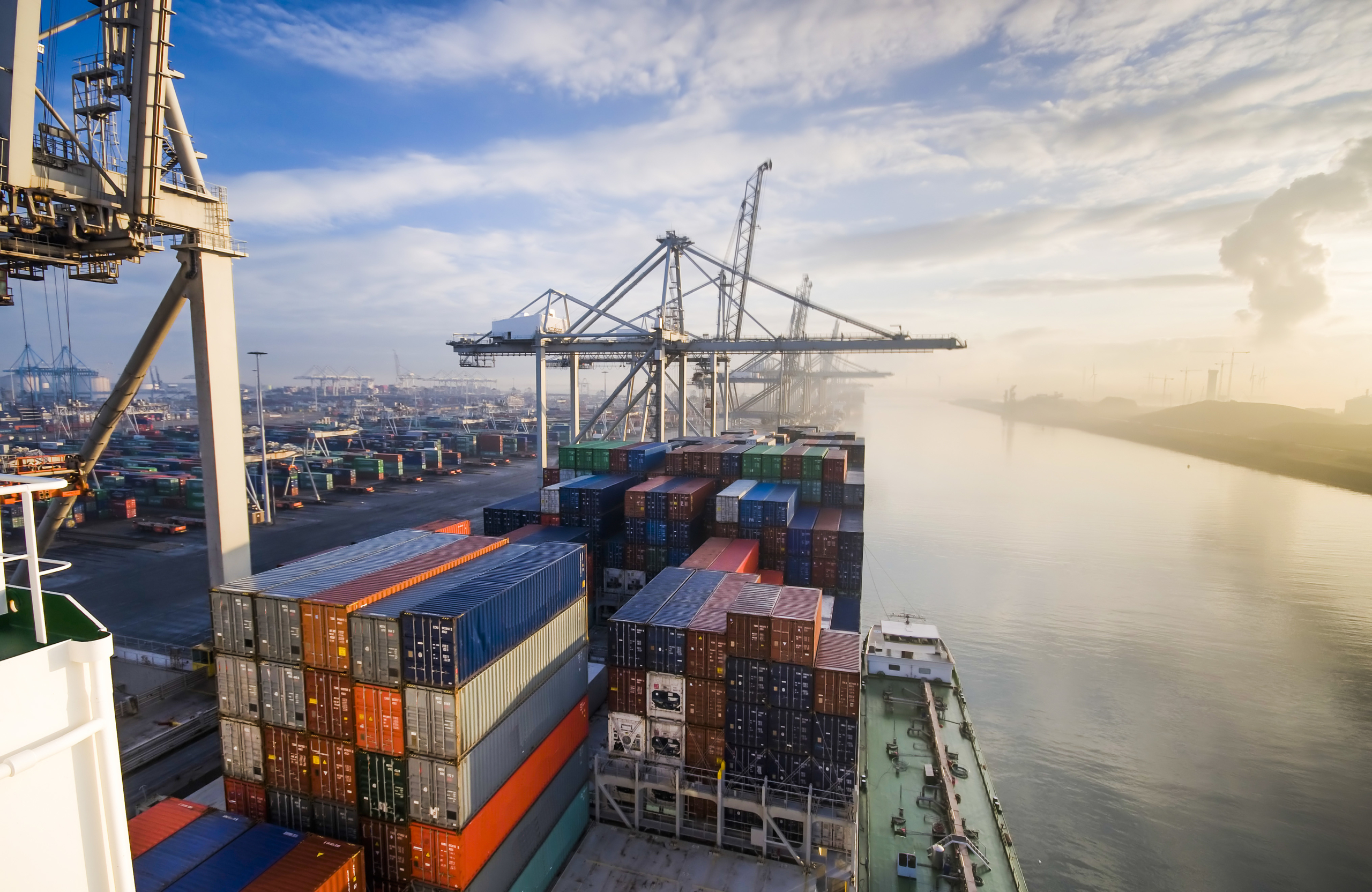The energy transition faces up to a capacity crunch (or two)

If we didn’t know already, the period of rapid energy and technology transition facing shipping will have significant impacts. Costs, asset values and earning capacity will be the main focus areas for change.
Shipowners are already experiencing increasing pressure to reduce their greenhouse gas footprint and three fundamental drivers will push decarbonization in the coming decade: regulations and policies, access to investors and capital, and charterer/consumer expectations.
The recently-published 2021 Maritime Forecast from class society DNV considers the technical aspects but also focuses on what might turn out to be a looming credit crunch in paying for the transition.
It also highlights that the production capacity required for sustainable net zero carbon fuels requires will put significant pressure on existing infrastructure at a time when shipping will be competing with other industries for access to cleaner fuels
Financing clean maritime assets will require access to ‘green finance’ where the proceeds of bond issues are spent exclusively on climate and environmental projects.
To place the capex figures in context, green bond issuance in 2019 included $52bn in the US and $32bn in China. Green bonds are fixed-income instruments specifically designed to raise money for. Another benchmark is the global investment in solar energy technologies, which rose from about $11bn in 2004 to almost $150bn a decade later.
While the annual level of capex required for onboard modifications and upgrades in DNV’s decarbonisation scenarios are lower than the current volume of green bond issuance globally, they are still of the same order of magnitude. In a narrower, shipping-specific context, the sums are relatively larger.
For instance, the leading 40 banks that finance the industry had a combined portfolio of $294bn at the end of 2019. The 27 leading banks who came together to form the Poseidon Principles jointly represent approximately $185bn in shipping finance. Adding an additional $30bn in capex would increase the total portfolio of the 40 largest banks by 10% in only one year. In a 10-year perspective, it would double the current portfolio of these banks.
This indicates that access to capital may constrain the green transition in shipping, and the industry may need to look beyond the traditional means of ship financing and tap into the wider green finance sector to overcome this barrier. To do so effectively, effort is needed to streamline, standardize and commoditize green finance instruments for shipping.
Clearly, onboard capex is only part of the total cost picture. The major part of the accumulated cost of running a fleet using zero-carbon and/or low-carbon fuels is the fuel expenditure, which in DNV’s scenarios makes up 85–95% of the total additional cost compared with a business-as-usual scenario. However, access to sufficient capital for shipowners is a barrier in itself.
In addition to additional onboard investment needs, the energy transition in shipping will require major investments in infrastructure for the production and supply of carbon-neutral fuels. Compared with the extraction and supply of fossil energy currently fuelling global shipping, this transition incorporates new industrial sectors. However, the price levels imply quite different consequences in terms of energy infrastructure.
A low renewable electricity price would drive investments in renewable power capacity and carbon capture and utilization to produce electro-fuels. A low fossil energy price would drive investments in carbon capture and storage (CCS) capacity to produce blue fuels while a low bioenergy price would drive investments in biofuel production facilities.
In DNV’s scenarios with low fossil price assumptions, the most prevalent carbon-neutral fuel would be blue ammonia though, cost-competitive CCS needs to be in place for this to be a reality. DNV’s Energy Transition Outlook estimates global CCS capacity from steam methane reforming will reach 885 Mtpa in 2050.
The IEA (2021) Sustainable Development Scenario estimates that a global carbon capture capacity of around 6,000 Mtpa is required in 2050 to achieve sustainability goals including meeting the Paris Agreement climate change mitigation targets. These figures indicate potentially very high demand for CCS capacity induced by shipping, and that the transition to new fuels may be constrained by capacity issues.
Likewise the scenarios assuming a low bioenergy price indicate that despite their relatively low additional cost for investments on board and fuel expenditure, use of biofuels may be constrained due to limited availability. Increased efforts are needed to develop and implement the mechanisms required to tackle these barriers if the industry is to transition in a timely manner, it says.


